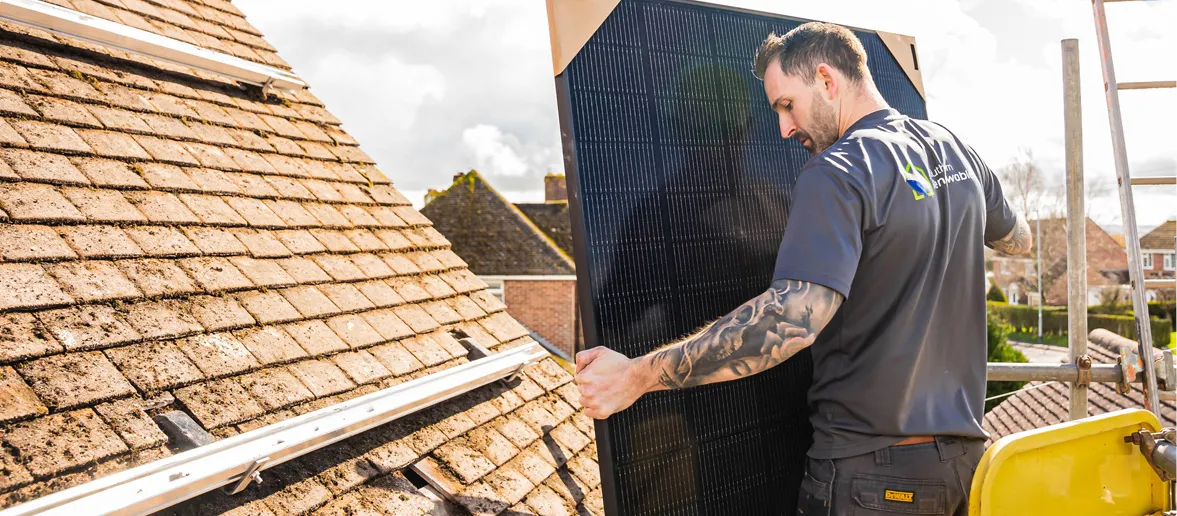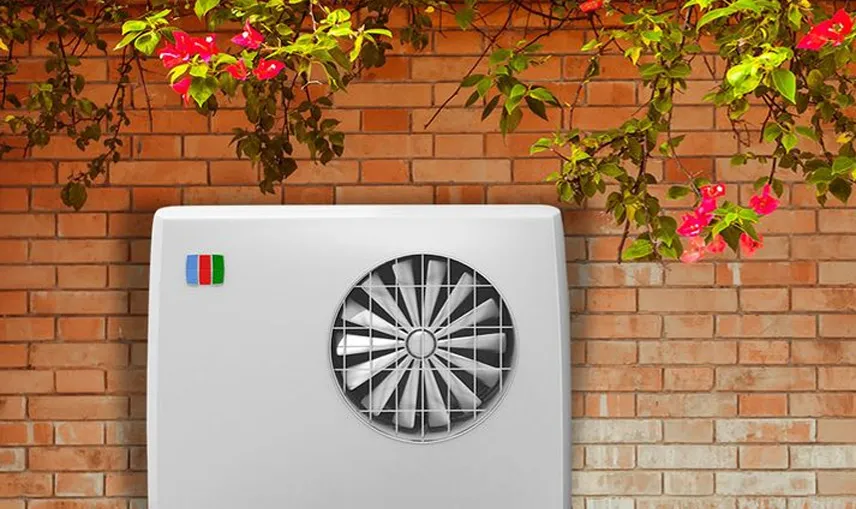What's A DNO And Why Can’t I Get My Solar Panels Connected

“Why Can’t I Get My Solar Panels Connected?”
Understanding Grid Delays and What UK Homeowners Can Do in 2025
You’ve done your homework. You’ve picked a solar installer. You’re ready to save on your energy bills and lower your carbon footprint.
But then your installer says something frustrating:
“We’re waiting on the grid connection.”
Sound familiar?
In 2025, one of the biggest challenges facing homeowners going solar isn’t choosing panels, it’s getting connected to the electricity grid.
Let’s break down what’s going on, why it’s happening, and what you can do to keep your solar plans moving forward.
First Things First: What Is a Grid Connection?
When you install solar panels on your roof, the system is connected to your home’s electricity, which is connected to the national grid network.
This means:
- You can use the energy your panels generate during the day
- Any extra energy you don’t use can be exported (sold back to the grid through something like the Smart Export Guarantee SEG)
- If your system includes a battery, you can store energy to use later
But before that can happen, your Distribution Network Operator (DNO) needs to approve your connection.
And in many areas, that’s taking a long time.
Why Are There Delays?
You’re not alone. Across the UK, more homes, businesses, and even farms are installing solar, and the grid is struggling to keep up.
The main reasons?
- Too many applications: DNOs are overwhelmed with requests to connect solar, batteries, heat pumps, and EV chargers.
- Limited grid capacity: Some parts of the country don’t have enough electrical headroom to handle extra energy being exported.
- Outdated processes: The system for approving connections hasn’t caught up with the clean energy boom.
How Does This Affect Homeowners?
If your installer submits a request to connect your solar system, the DNO might:
- Approve it right away ✅
- Ask for extra info or technical checks ⚠️
- Delay the connection or limit how much you can export ❌
This can affect:
- How quickly your system can be turned on
- Whether you get paid for your exported energy
- Whether you need to add a battery or reduce system size
What Can You Do About It?
Here are a few smart steps to take as a homeowner:
1. Choose an Experienced Installer
Work with someone who understands your local DNO and has experience navigating grid issues. They’ll know how to avoid delays or suggest alternative solutions.
2. Ask About “Export Limits”
In some cases, your system can still be installed, but with a cap on how much energy it sends back to the grid.
Ask your installer if this might apply to you, and whether a battery could help.
3. Consider Adding a Battery
A battery can store extra energy instead of exporting it, which not only helps with grid issues but also means more savings on your bills.
4. Plan Ahead
If you're planning other electrical upgrades like a heat pump or EV charger, tell your installer.
It’s better to apply for all grid connections together so you’re not hit with extra delays later.
Will This Get Better?
Yes, but it may take time.
The government and energy companies are working on grid upgrades and new rules to fix delays.
In the meantime, homeowners are encouraged to still go solar, but with the right advice and expectations.
Bottom Line
Going solar in 2025 is still a smart move for your wallet and the planet.
In some areas, grid connection delays might mean your system takes a little longer to go live or has limits on exporting energy.
By working with a trusted installer, planning ahead, and considering a battery, you can beat the bottlenecks and get the most from your solar investment.


